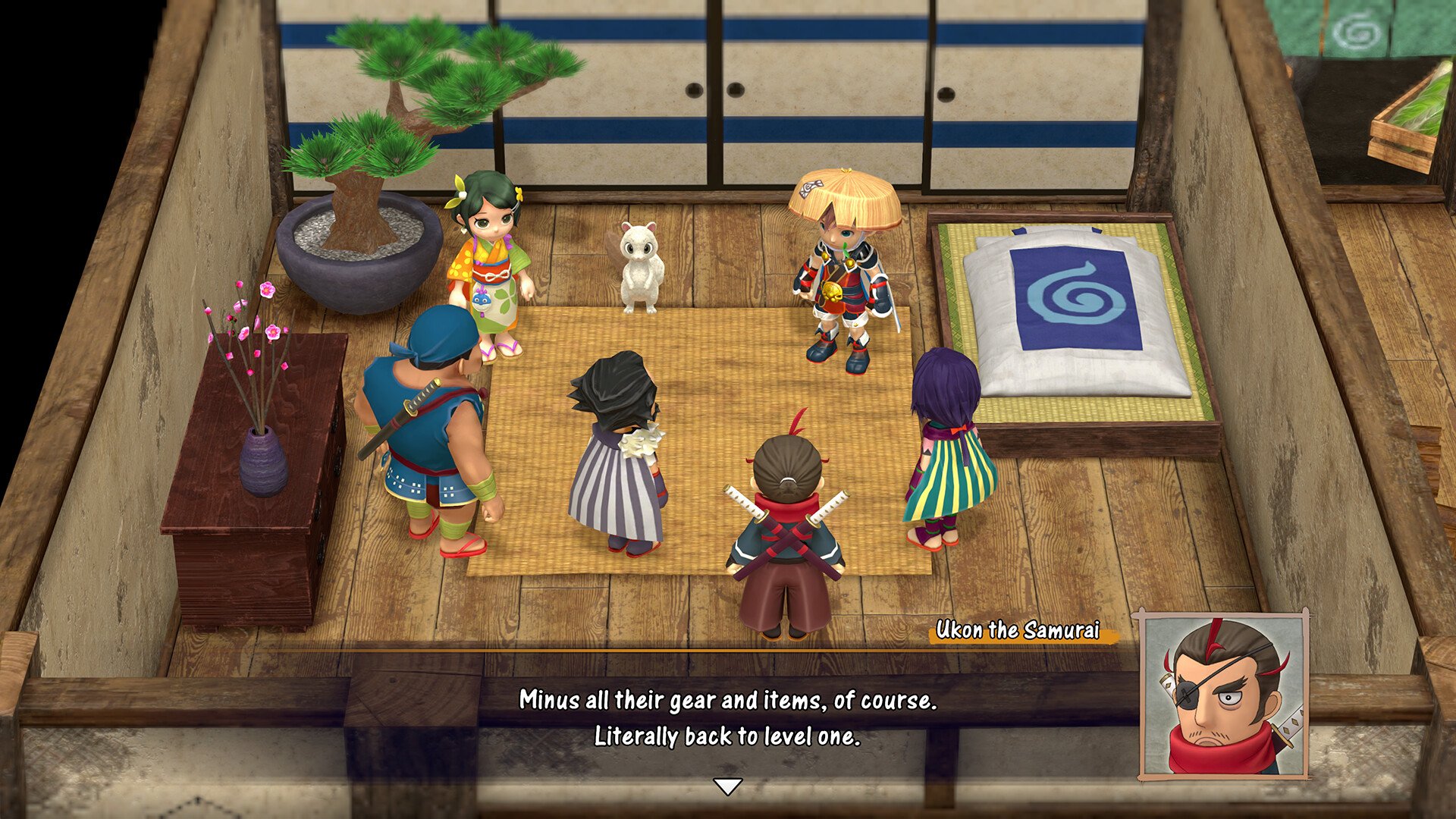
Enlarge (credit: Aurich Lawson / Getty Images)
On Monday night, a panicked headline at The Intercept proclaimed that a potential treatment for COVID-19 had been classified as what’s known as an “orphan drug,” which is a class given to treatments for rare diseases, and that such a classification runs the danger of “potentially limiting [the drug’s] affordability.” At first glance, describing a COVID-19 treatment like this sounds absurd, given that a pandemic is the exact opposite of a rare disease. So what exactly is going on, and does it mean that Gilead Sciences, the biotechnology company that makes the drug (called remdesivir) is going to jack up its prices so that only the rich survive?
It all goes back to 1983
By the late 1970s, it was clear that the incentives for profit-making drug companies did not align with the needs of people with rare diseases. Developing a new drug was extremely expensive even 40 years ago, and so if a drug company wanted to make its money back, it would focus on conditions where it could expect plenty of sales rather than those with just a handful of patients. The rare-disease advocacy community was understandably outraged by this cold-hearted economic analysis, and by 1983 it had successfully cajoled Congress into passing the Orphan Drug Act.
Once the law passed, the FDA was given the power to grant a drug “orphan” status, even to compounds without patent protection. If a company got its product approved as an orphan drug, it gained a period of market exclusivity, meaning that for seven years no one else would be allowed to sell that same product to treat that specific disease. What’s more, all the costs associated with developing that orphan drug—including payroll for scientists and so on—was subject to a handy tax credit. Since the passage of the Orphan Drug Act, more than 800 orphan drugs and biologics have been approved by the FDA out of more than 5,300 applications.
Read 7 remaining paragraphs | Comments
SOURCE: Ars Technica – Read entire story here.










